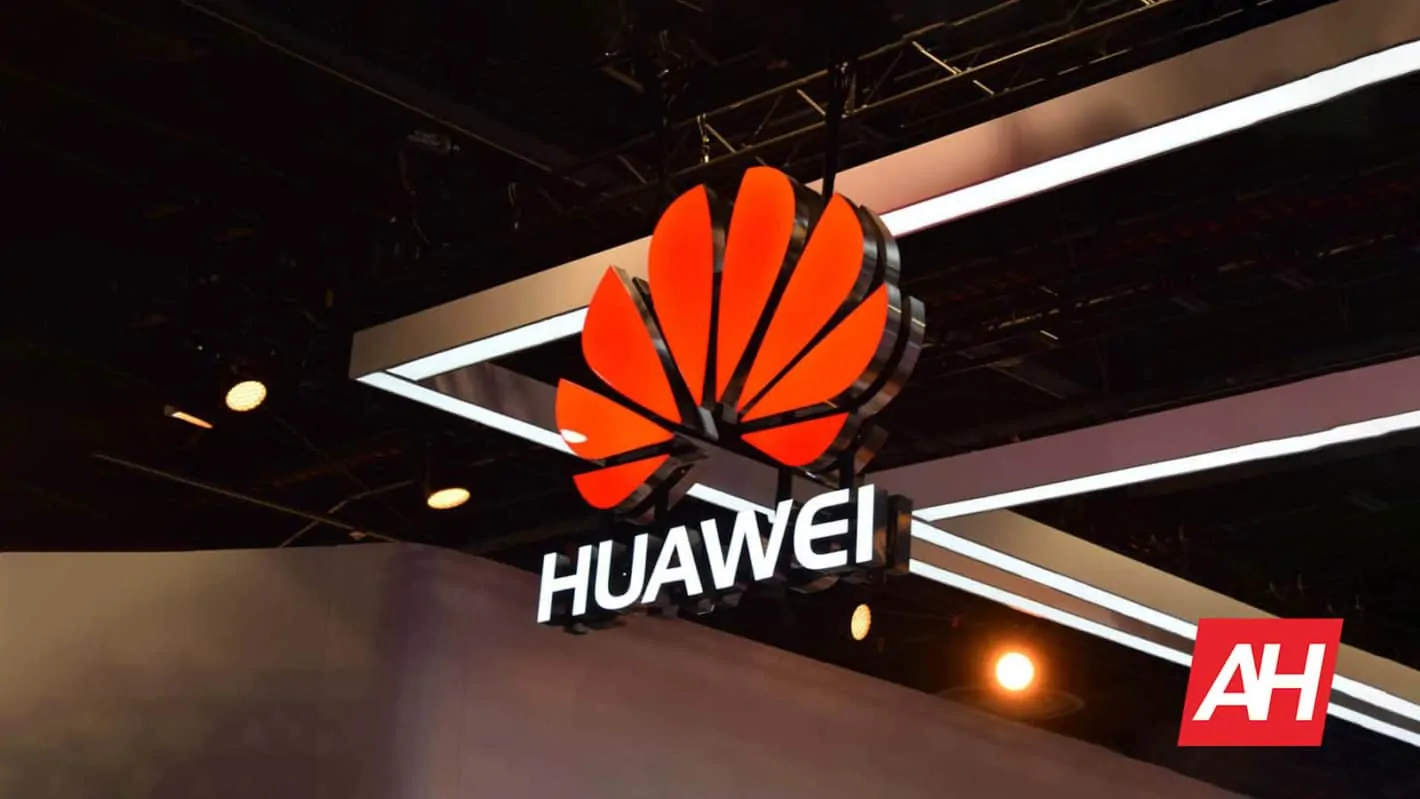Huawei, under a US Ban, is utilizing all its Chinese resources, turning to Chinese chipmaker SMIC over TSMC for its Kirin processor production, a new report states.
Huawei turns to SMIC over TSMC for Kirin processor production
Semiconductor Manufacturing International Company (SMIC) is China’s leading processor chipmaker. Taiwan Semiconductor Manufacturing Company (TSMC) is the world’s leading chipmaker. A new report states that Huawei has made the switch to SMIC. The reason pertains to the re-production of its Kirin 710 SoC. Huawei’s Kirin 710 uses TSMC’s 12nm FinFet process. Version 2 of the 710 SoC will utilize SMIC’s 14nm FinFet process. The new processor version will have the “710A” branding instead of the “710” branding.
Could Huawei leave TSMC?
The DigiTimes report says Huawei is already working with SMIC. The question then becomes, “is it possible?” In theory, it is. After all, TSMC’s chip production is in the middle of the US-China war.
The US is trying to reduce Huawei’s influence globally, even in the 5G race. Huawei could turn to a Chinese chipmaker to have more independence over its phone production. Additionally, working with a Chinese chipmaker could be perceived as an investment in its home country. China, like the US, is heavily nationalistic.
The US could require TSMC to have a license to sell chips to Huawei. TSMC’s chip production involves the use of American chipmaking equipment. The US is considering revising its Foreign Direct Product Rule (FDPR) to require TSMC to secure a license before selling SoC chips to Huawei. This would block global chip sales to Huawei and essentially push them back to their home country to find fab production.
The US is currently pressuring TSMC to move its chip production stateside. Conversely, Huawei is also pressuring TSMC to move its production to Huawei’s own $3 billion Nanjing plant.
With the US being the largest investor in TSMC chips (a 60% investor, to be exact), TSMC is likely feeling the pressure of complying with the US request.
Even if TSMC doesn’t comply with the US request, Huawei is feeling the weight of its current Ban in the States — so much so that it doesn’t want to take a chance with TSMC and end up in the cold. Which is why the company just may be on to something to move its chip production to SMIC for the long-term.
Huawei’s quest for independence
Huawei’s move to Chinese chipmaker SMIC is part of the company’s quest for independence. The new US Ban for Huawei, started back in mid-May 2019, has forced the company to move in a self-sufficient direction. The company relied on Google’s Android software for its mobile devices; at the institution of the Ban, Google revoked Huawei’s Android license.
The company has since started its own open-source HarmonyOS (Chinese “HongMeng”). Huawei is currently building its own AppGallery app store. The company is investing in app development to win developers for the platform.
Shenzhen’s star OEM is also bringing an “AppSearch” search engine to its app store to help users find third-party apps the company can’t provide.
Huawei may not like being forced out of Android, but the company is likely learning a thing or two about reliance on the US and companies that lie heavily under US influence.

